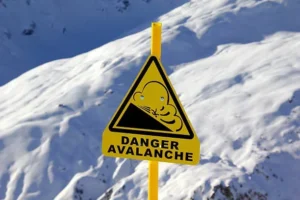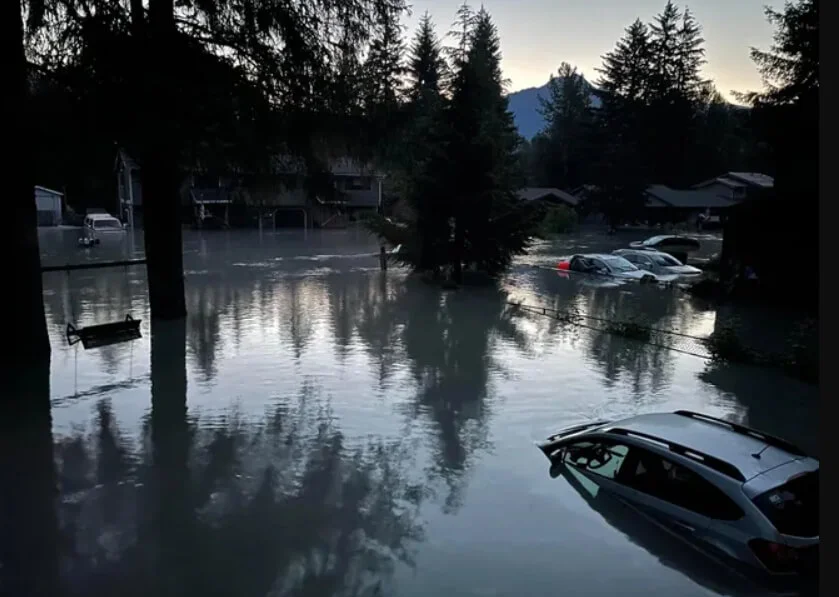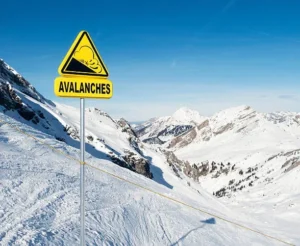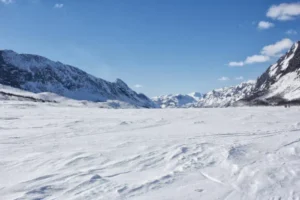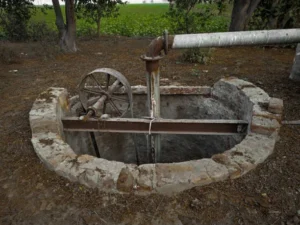A glacier blowup caused flooding in Juneau, Alaska, damaging over 100 homes. The flooding resulted from an outburst from the Mendenhall Glacier, which began Monday and caused water levels to soar up to 16 feet by Tuesday. Thankfully, no injuries have been reported in the city of about 31,000 people.
Originating from the Suicide Basin of the Mendenhall Glacier, the glacier blowout began on August 1 when the lake filled and subsequently overtopped the glacier. This event coincided with a stormy July that saw double the average precipitation. Consequently, water from the lake started pouring into the Mendenhall River by Sunday. As a result, Monday brought evacuation advisories for the local population.
The lake’s water levels dramatically plummeted by over 400 feet between Monday and Tuesday. The resulting flood caused the Mendenhall River to surge to a record 15.99 feet on Tuesday morning, surpassing last year’s high levels. This year’s glacier blowup caused flooding in Juneau, Mendenhall Valley extending deeper into streets and homes. According to Juneau Deputy City Manager Robert Barr, occasionally, streets were underneath three to four feet of water.
Governor Mike Dunleavy declared a disaster to assist with reaction and recovery. He thanked the emergency responders for their efficient handling and expressed relief that no casualties occurred. About forty people slept overnight in an emergency shelter the city opened.
This glacier blowup is a sobering reminder of the continuous influence of climate change as it produces floods in Juneau. Because of fossil fuel emissions, the Arctic including Alaska is warming at double the world average rate, causing glaciers to shrink and melt. Once covered in ice, the Suicide Glacier today shows a sizable earthen depression that fills each summer and causes spectacular outburst floods. Accelerated glacier melt increases sea level rise, increasing local and worldwide hazards.



